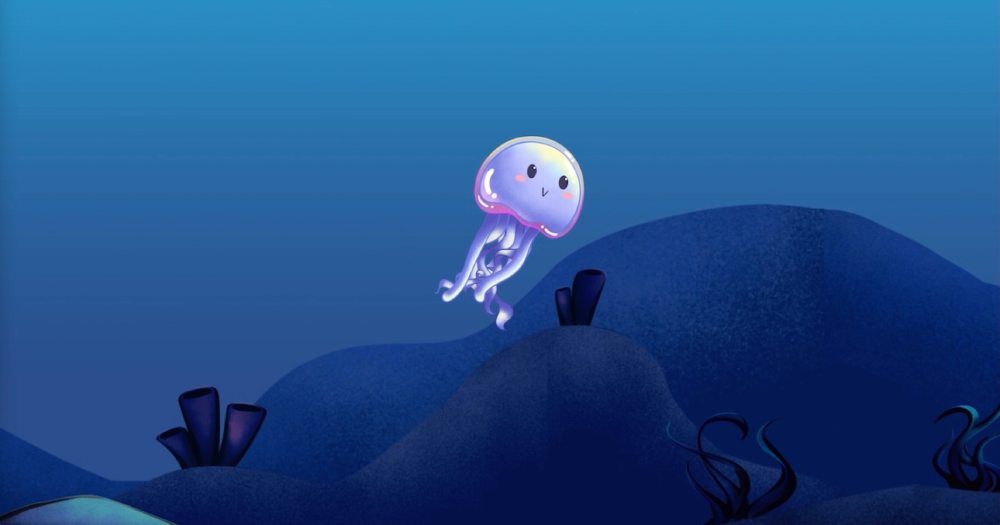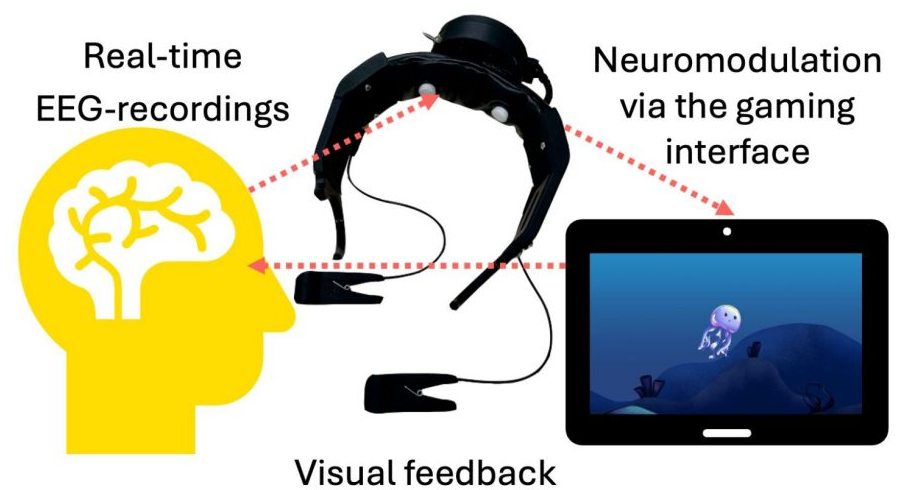University of New South Wales trials brain training game for drug-free pain management

Imagine easing your nerve pain not with pills or injections, but by calming your brain as you watch a jellyfish glide across your screen. That's the core of PainWaive, a new drug-free therapy that teaches people to tame their pain by tweaking their own brainwaves.
Developed by researchers at the University of New South Wales (UNSW), PainWaive is the first of its kind: a brain-training game that responds in real time to your mind's signals. Early trial results are in — and they're stirring cautious excitement.
As Dr. Negin Hesam-Shariati puts it, "Participants felt empowered to manage their pain in their own environment. That's a huge part of what makes this special."
How does it work?
At the heart of PainWaive is a simple setup:
- A tablet with a game-like app
- A custom-built EEG headset
- Your own brain
Here's how it plays out. You sit down, slip on the headset, and watch a digital jellyfish floating in black water. As your brain shifts into a calmer state — more alpha waves, fewer beta waves — the water changes color. You don't press buttons or swipe screens. You just think. The app picks up subtle changes in brain activity and responds instantly, showing you what calm feels like inside your head.
The headset, built almost entirely in-house by the UNSW team, uses wet electrodes to pick up precise signals from the sensorimotor cortex. Thanks to 3D printing and a bit of ingenuity, it only costs around $300 — a bargain compared to the usual $1,000+ price tags.
Users get strategy tips too, like:
- Visualizing happy memories
- Practicing relaxation techniques
- Focusing attention on specific sensations
That feedback loop — see, adjust, repeat — is what helps retrain the brain.
Why does it matter?
PainWaive isn't just another mindfulness app. It's tackling a real, often invisible monster: chronic nerve pain, which torments millions.
In the trial's early days:
- 3 out of 4 participants saw pain drop sharply by the end of the treatment
- The relief was on par with — or even better than — what opioids provide
And unlike opioids, this therapy doesn't come with a side of addiction. No prescriptions. No pharmacy runs. No risk of overdose.
"This could be a game changer," says Prof. Sylvia Gustin, who has spent years studying the brain's role in chronic pain. "I wondered, can we develop a treatment that directly targets and normalises these abnormal waves?"
Turns out, you can. And people can use it in their living rooms.
The context
PainWaive builds on years of deep brain research at UNSW. Professor Gustin's work has zeroed in on the thalamus — a kind of brain switchboard that helps route sensory info. In people with nerve pain, that system goes haywire. Their EEG patterns shift:
- More slow theta waves
- Fewer soothing alpha waves
- A spike in high-speed beta waves
That abnormal rhythm scrambles how the brain processes pain signals. PainWaive's job is to reset the beat.
The first trial was small — just four people — but it laid the groundwork for what's next: a larger, randomized controlled trial with 224 participants who have nerve pain from spinal cord injuries. It's part of a broader wave of brain-first approaches coming out of the NeuroRecovery Research Hub and the Centre for Pain IMPACT at NeuRA.
And while there's still a ways to go, the future looks promising. As Dr. Hesam-Shariati says, "The results we've seen are exciting and give us confidence to move to the next stage and our larger trial."
💡Did you know?
You can take your DHArab experience to the next level with our Premium Membership.👉 Click here to learn more
🛠️Featured tool
 Easy-Peasy
Easy-Peasy
An all-in-one AI tool offering the ability to build no-code AI Bots, create articles & social media posts, convert text into natural speech in 40+ languages, create and edit images, generate videos, and more.
👉 Click here to learn more



